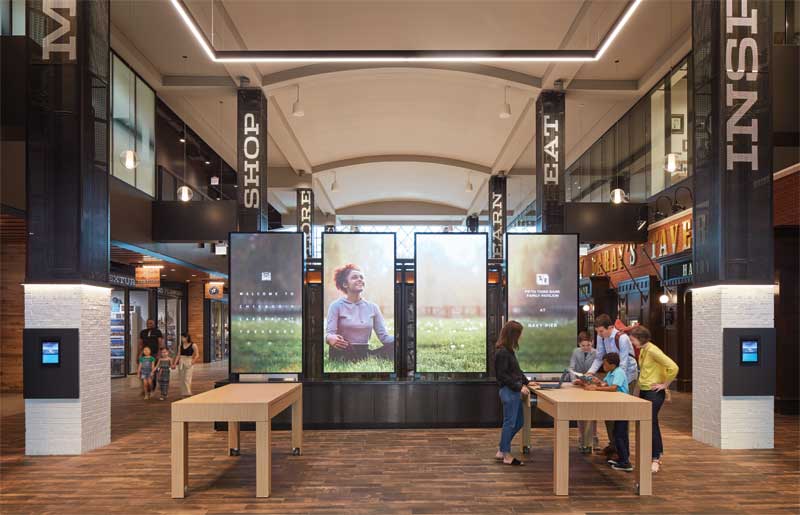By Joe’ Lloyd

Instead of an expensive upfront price tag, ‘servicized’ options allow customers to pay as they go with predictable monthly payments that align with the goals and limitations of their business.
Commercial digital display solutions are expensive and not every business has the capex freedom to afford the upfront costs. These price tags loom even larger when customers realize a newly purchased hardware is a depreciating asset whose lifecycle they must extend beyond the technology’s peak usefulness to protect their return on investment (ROI). Besides, most consumers are foreign to the complexity of these technologies. This unfamiliarity is a strong deterrent, especially if the business does not have the financial or human capital to invest in product trainings. Further still, display technology evolves quickly and customers are wary of buying something that may soon become obsolete, particularly when it may take a while to generate a positive return on initial costs. Together, these hurdles paint an intimidating picture for buyers who may ultimately forgo incorporating any large-scale visualization solutions despite the needs of their business and the evolving expectations of digitally reliant audiences.
The product is not the problem, the purchase is
At first, the root of this issue may appear to be the display products themselves. After all, displays are costly, confusing, and quickly outdated. The real cause of the problem is not the products, however; it is the way they are bought and sold, or rather, that they are formally bought and sold at all. In recent years, visualization experts have diagnosed that customers do not need to permanently own technology when they can temporarily control it at lower cost.
Inspired by changes in the information technology (IT) world, a few enterprising companies in the digital display industry have begun to ‘servicize’ their offerings, selling their solutions as a service rather than individual hardware units.
By selling hardware solutions as a service, manufacturers enable customers to work around the aforementioned hurdles, which often derail visualization projects. An affordable and predictable monthly payment replaces a large upfront capital expense, experts integrate management software and remain on call to provide support and training to eliminate user confusion, and timely upgrades in hardware over time ensure the technology does not become obsolete. Customers win these substantial advantages and more by acquiring visualization solutions as a service.
This article explores each advantage of visualization to give customers an understanding of where ‘servicization’ comes from, how it works, why consumers are increasingly demanding services, and why manufacturers are optimistic about its viability in the digital display industry.





